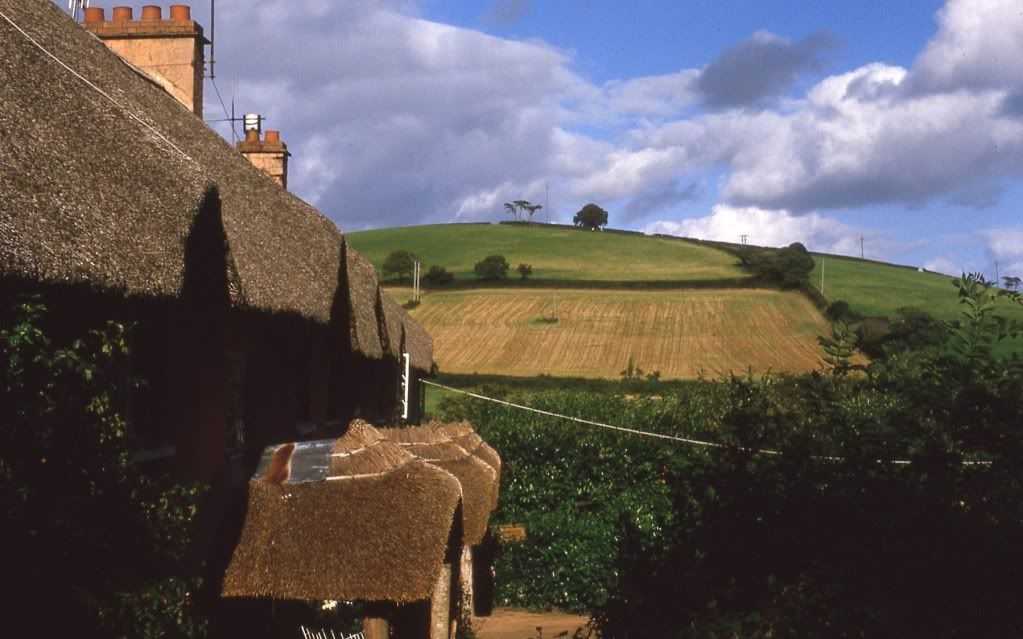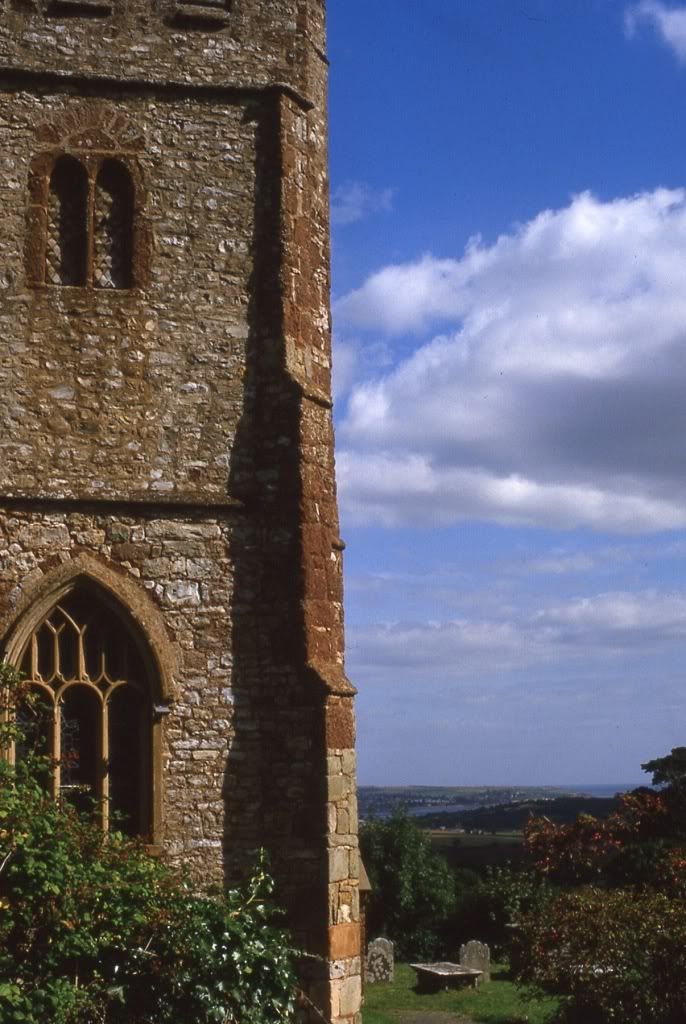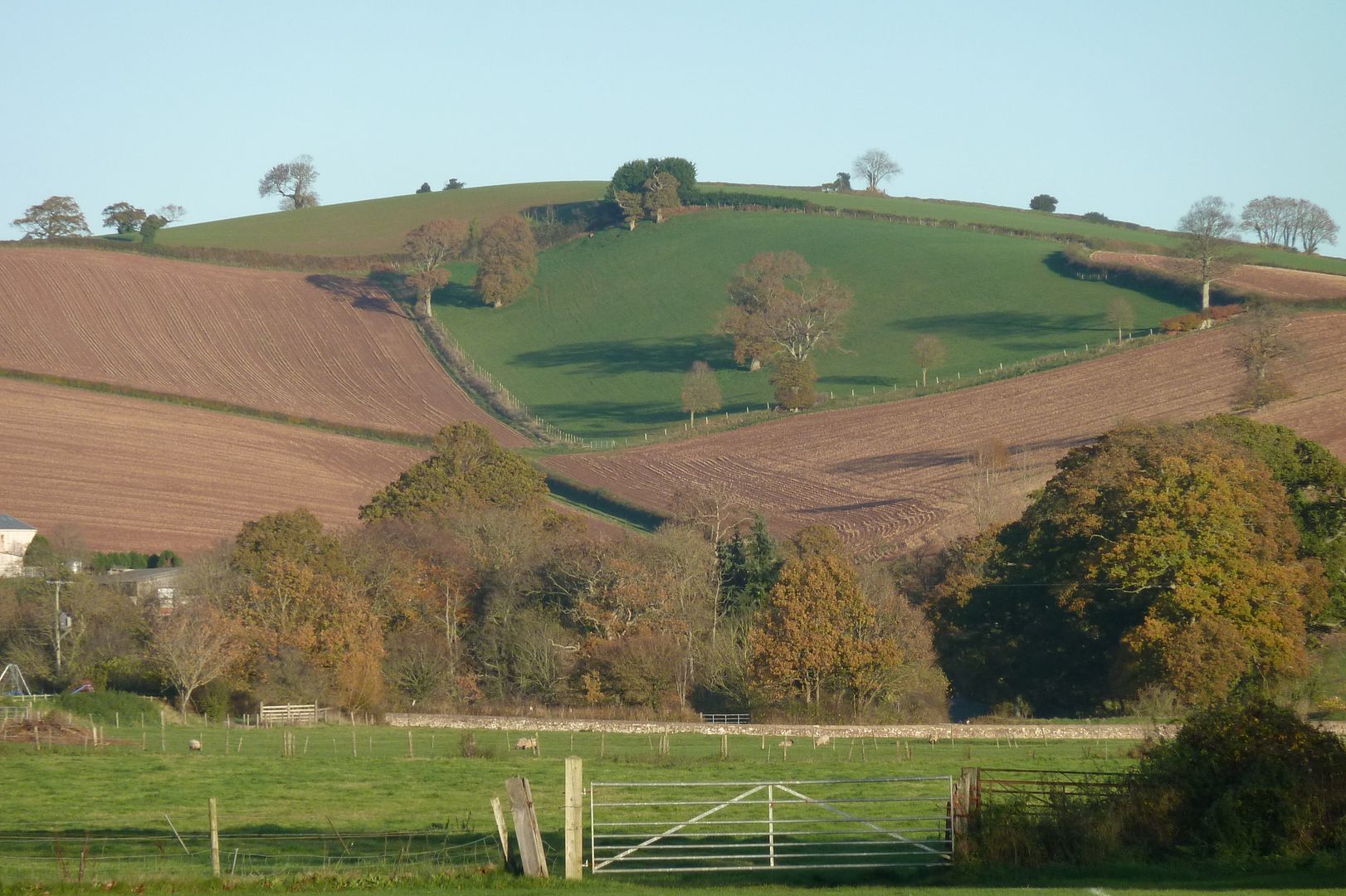feminine beauty, all pillowy hills, lush fertility and looking fine by moonlight.
Chip used to drive us to our favourite spots, but since she died I've rediscovered the joys of walking, striding out into the network of lanes around the village, which lift from lines on a map as they rise and fall, reflecting the choices of the walkers who first found their way and trod them into being, hundreds, if not thousands, of years ago. There's no sense of streets being imposed on a landscape, as they so often are in cities, and the illusion of them being set into the earth is heightened by the slick of red mud that coats them (and, inevitably, the shoes of even the most fastidious of walkers – among whose austere ranks I am definitely not to be counted) through the winter. While the high banks and hedges lining most lanes hide the countryside from those in cars, I soon found that even the deepest, the ones that remain totally unsunblessed through much of the winter, there is fascination to be found in the banks themselves and the vegetation that swarms over them, while every field-entrance reveals a photo opportunity: and I've always loved a photo opportunity.
What makes Devon such a delight to photograph is the colour palette. Away from the grey granite moors, most of the county is red sandstone, laid down when this area was a shallow tropical sea (in the Devonian period – I'm pretty sure that it's the only English county with a geological epoch named after it). The earth is a startling red as a result, a rich chestnut-going-on-chocolate when it is ploughed and wet, almost salmon-pink when hot and dry and dusty, and many shades between. It's fertile, too, and the climate is mild and wet, so the grass and trees are a lush green – in fact, several hundred shades of lush green – and spangled in season with flowers, berries and other fruit; apples do particularly well here. Most of the weather comes straight in off the Atlantic, so the skies are a clear, deep, unpolluted blue, and the clouds particularly white.
Even well inland, the render on the cob houses are painted with seafront colours, and often topped with thatch in shades from strident yellow when new to damp and saggy browns, patched with mounds of emerald moss, when it ages; all that water that falls from the sky finds its way out in silvery runnels and rivulets and chuntering, leaping streams and occasional temporary earth-red lakes; and there is an extraordinary profusion of wild flowers grow in the roadside banks and field hedges to fill in the rest of the spectrum. On a sunny day in any season, lovely landscape photos sit up and beg to be taken virtually everywhere your eye falls.
Although the main point of this blog will be to show photos I take rambling around with Scrap, here's some I made earlier, mostly on holidays:
 |
| Reed thatch is a darker brown than straw |
 |
| When eulogizing the elements of the picturesque, I forgot to mention the churches, most made of local stone. The view, from Mamhead I think, is of the estuary of the Exe and the Channel beyond |
